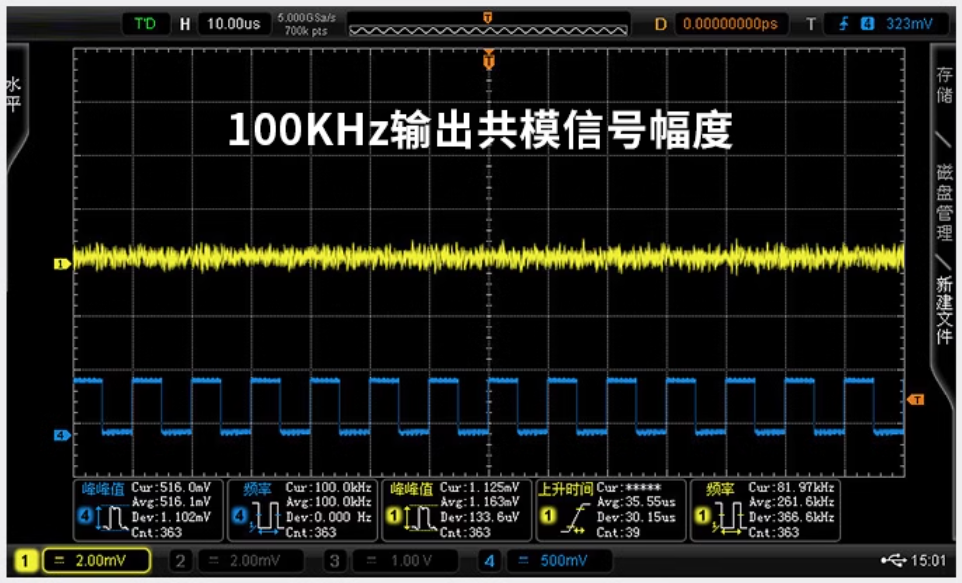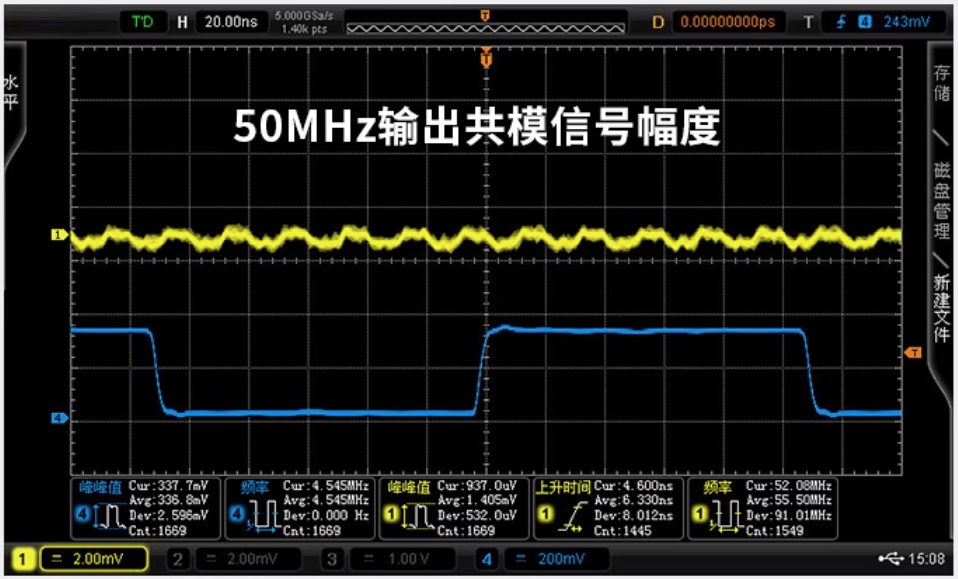Knowledge
Differential Probe Measurement Characteristics
Differential probes play a vital role in the field of electronic measurement. In wide bandwidth oscilloscope applications, compared with single-ended probes, differential probes have significant advantages, which are mainly reflected in the following three aspects:
Strong anti-jamming ability: the tight coupling between the differential alignment makes the external noise interference can be captured by the two wires at the same time. Since the receiving end is only concerned with the difference between the two signals, common mode noise can be substantially canceled out. This structure is similar to a differential amplifier, which consists of two transistors with the same parametric characteristics through direct coupling. When two inputs are fed with signals of the same size and phase, the output is zero, thus effectively overcoming the zero drift problem.


EMI (Electromagnetic Interference) can be effectively suppressed: the polarity of the two wires of the differential signal is reversed, and the electromagnetic fields they radiate to the outside can cancel each other out. This means that the tighter the coupling, the less electromagnetic energy is released to the outside world, thus effectively reducing EMI.
Precise timing positioning: The switching change of differential signals occurs at the intersection of the two signals, which is different from the way ordinary single-ended signals rely on high and low threshold voltages to judge. Therefore, differential signals are less affected by process and temperature, which can reduce timing errors and achieve more accurate timing positioning.
